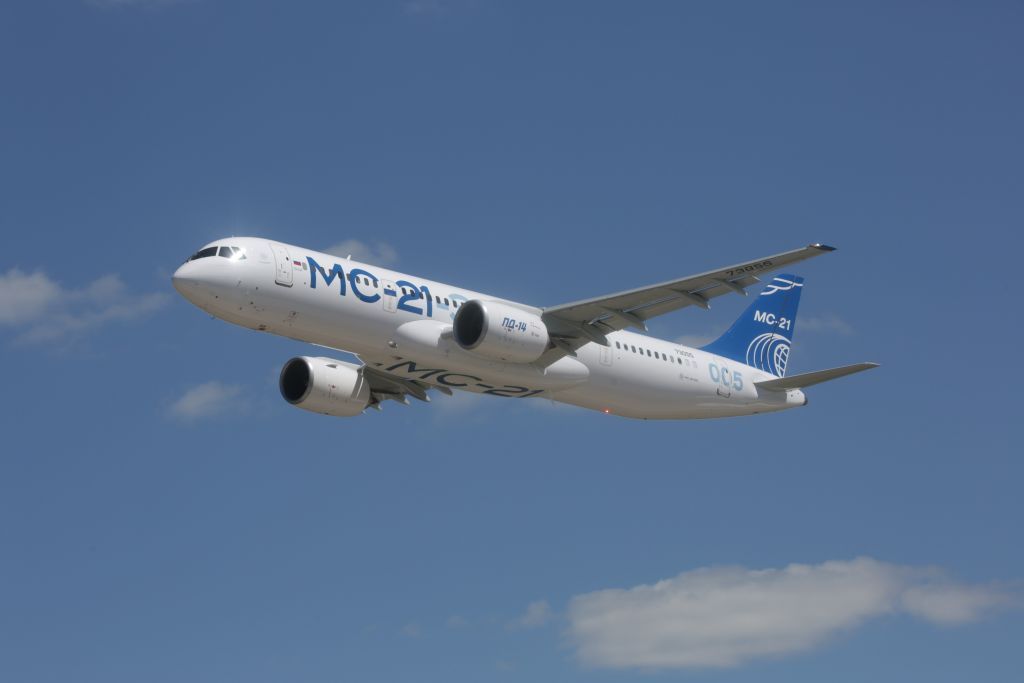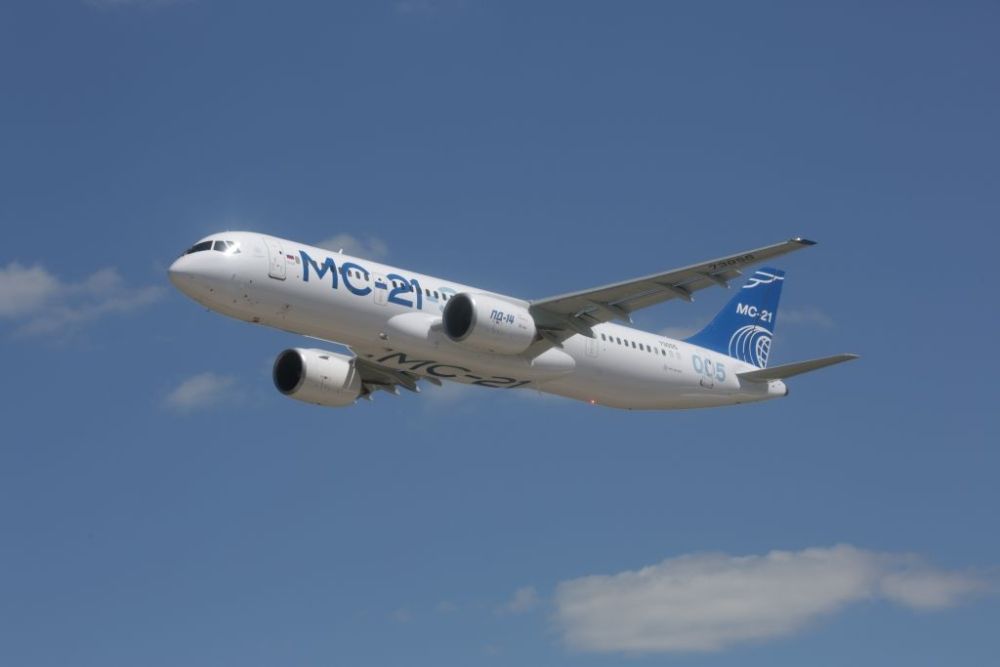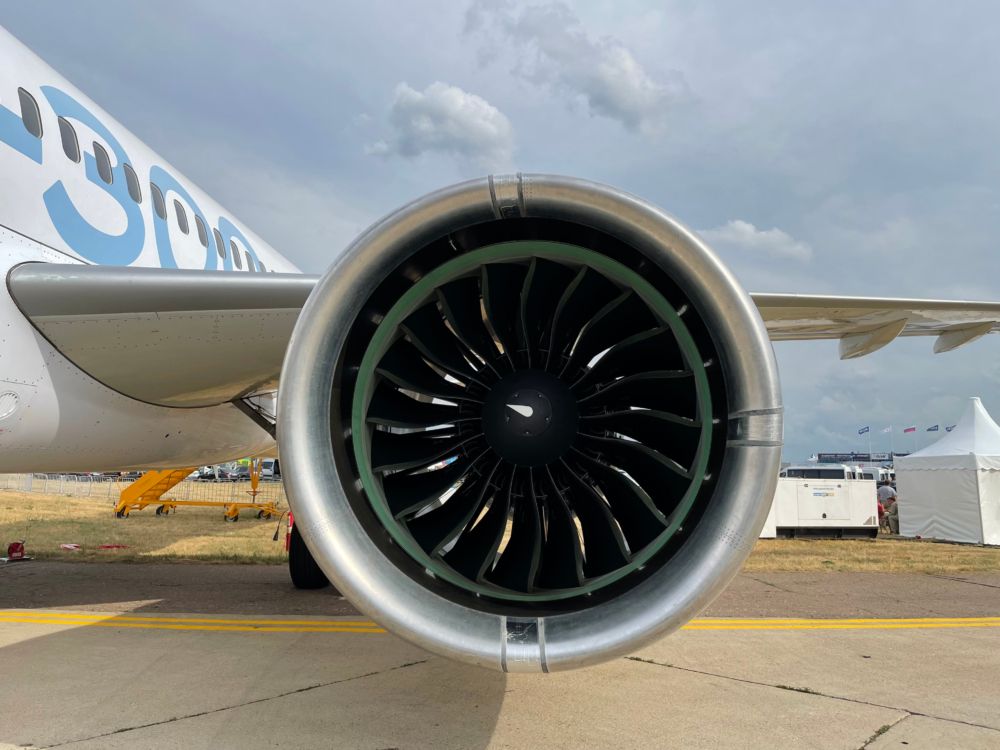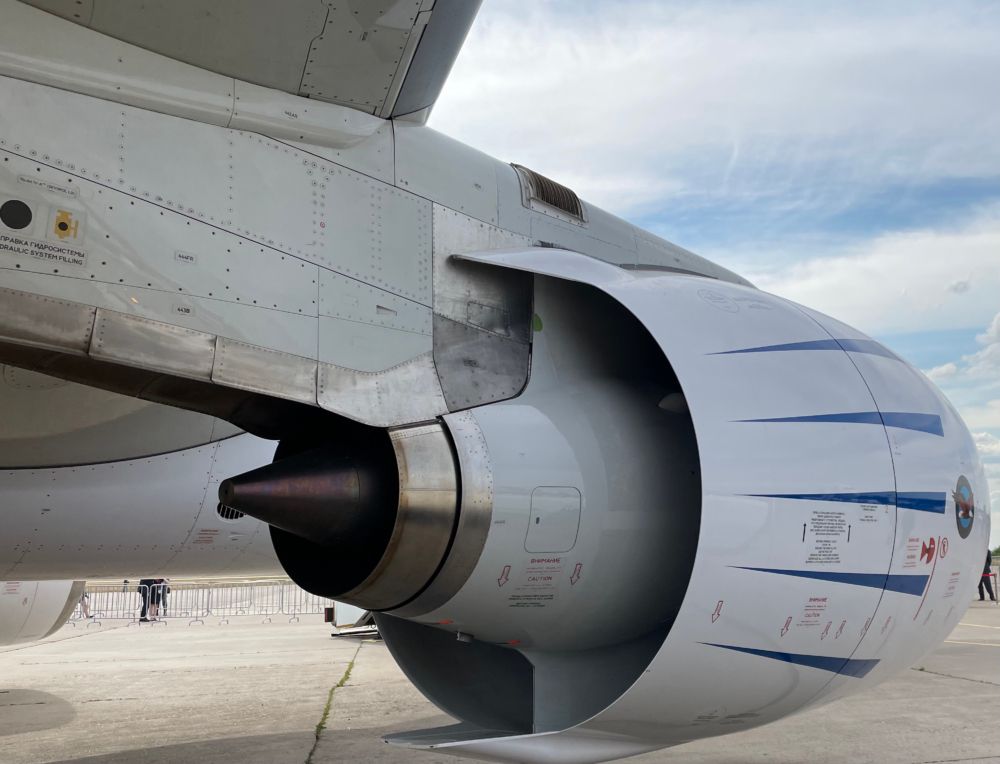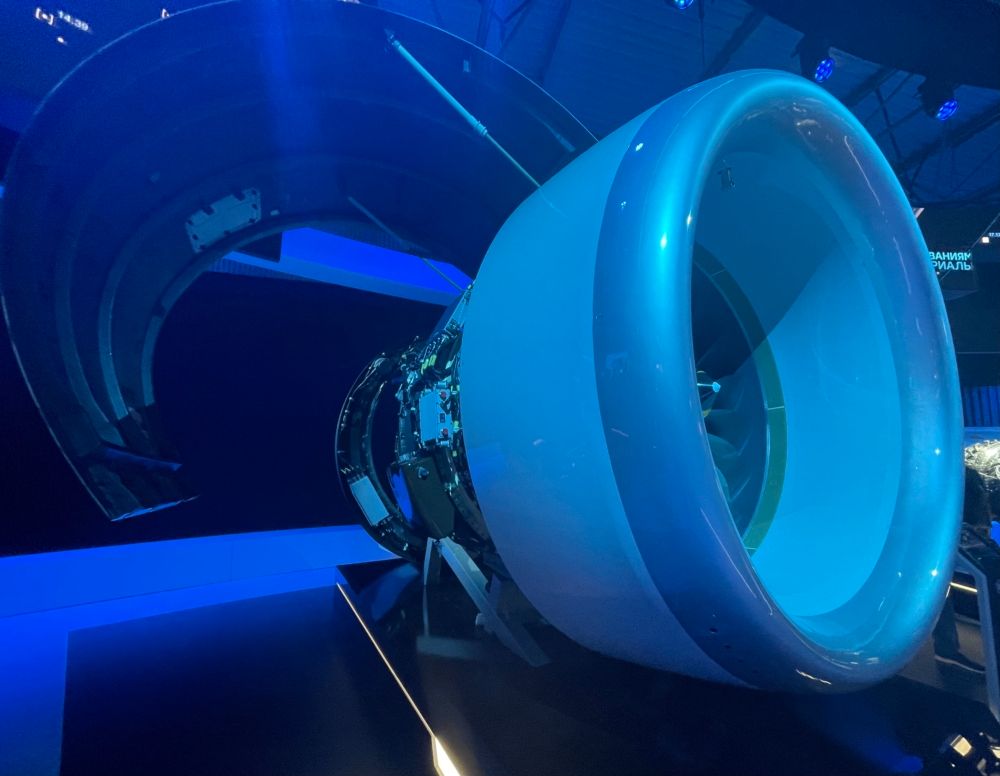The Irkut MC-21 program is looking to compete against the Airbus A320 and Boeing 737 families on short and medium-haul operations. Interestingly, the plane will come with two powerplant options - Pratt & Whitney’s PW1400G and Aviadvigatel’s PD-14. Simple Flying caught up with Victor Kladov, Director for International Cooperation and Regional Policy Department of Rostec, about the reasons for having these options.
A modern solution
At the end of last year, the MC-21 performed its maiden flight with PD-14 engines. This event was two and a half years after the aircraft hit the skies for the first time with PW1400Gs.
The durable titanium and nickel alloys, along with the composite polymer materials allow for the weight of the PD-14 to be reduced. When it comes to thrust, the figure at takeoff is 14 t.
Rostec adds that modern innovations allow the engine’s fuel consumption to be 10-15% lower than previous generations. With the product being the first fully Russian civil turbofan engine since the early 1990s, those behind it are proud of the achievement.
Stay informed: Sign up for our daily and weekly aviation news digests.
Diversifying opportunities
Nonetheless, the Russian designers are not dropping the American engine offering. After all, the familiarity of the option keeps the door open for foreign markets.
“It makes our aircraft more competitive. Certain customers overseas may prefer the Pratt & Whitney, but locally, we'll use the PD-14,” Kladov told Simple Flying.
“It has very good fuel efficiency and has green technology with less CO2 footprint. It’s an ecological 21st-century engine.”
Domestic prospects
Nonetheless, the advantages of having two engines go beyond the specifications. The ongoing political conditions between Russia and the United States has been well-publicized over the years. US sanctions on the country have occurred as a result of the situation. Therefore, it’s in Russia’s interest to be more self-reliant.
“The PD-14 is 100% Russian. Now, we are 100% independent. When it comes to engines, we want to escape the awkward situation from any type of sanction,” Kladov explains.
“Because if it were not for the PD-14, there would have been be a possibility that at any time in the future, the next American government could practically prohibit the flying of the engine. We now have a choice between Russian and American engines.”
This national approach is consistent across the board. Kladov also spoke about ambitions to have Russia’s domestic fleets consist of solely homegrown aircraft. Therefore, this stance carries over in the field of engines.
The PD-14 meets certification requirements for AP-33, FAR-33, CS-E, and ETOPS and is currently undergoing state testing. So, Russian airlines will be keeping a close eye on progress as serial production of the engine begins next year.
What are your thoughts about the Irkut MC-21? What do you make of the aircraft being offered in two engine options? Let us know what you think of the plane and its prospects in the comment section.

